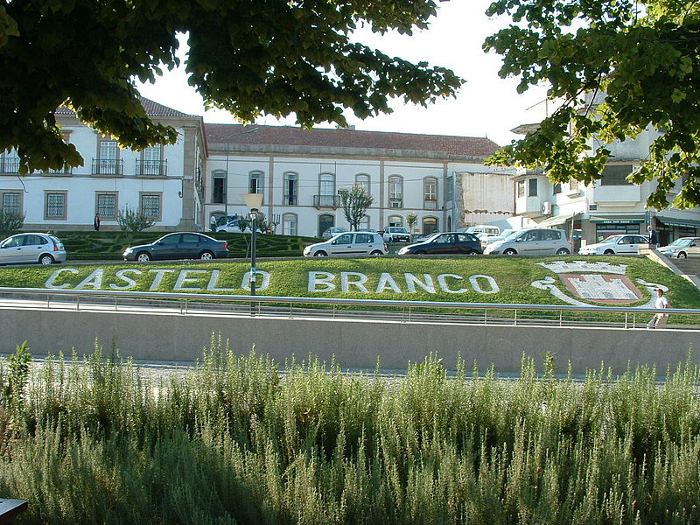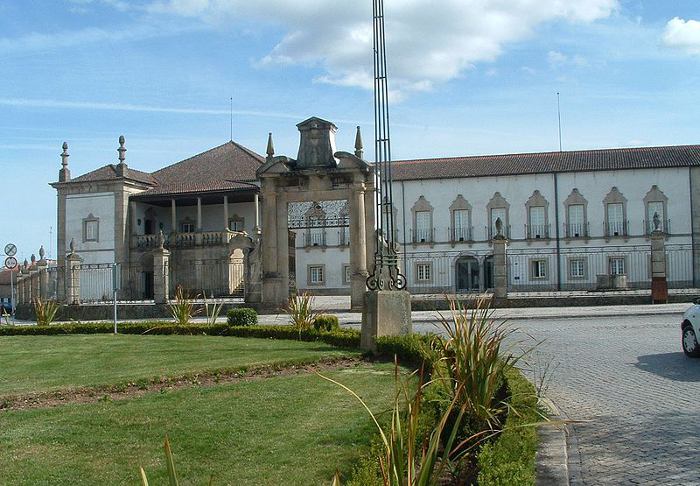Some authors attribute its name to the Luso-Roman castro known as Castra Leuca, but archaeological finds in the Castle neighbourhood confirm that the area was already inhabited in the Paleolithic.
It is also known that in the 12th century, this region of Beira was donated by Afonso Henriques to the Templars, who were to settle it and defend it against attacks of the infidels. 13th-century documents also mention another donation made by Afonso II to the Templars. This was an estate called Vila Franca da Cardosa, where the Templars built a town and fortress they called Castelo Branco on land near the border with the Moors.
After the dissolution of the Templars, their power and wealth were passed on to the Order of Christ, which set up a benefice in Castelo Branco. This guaranteed the continuity of local development which even increased over the following centuries.
In 1343 the walls were rebuilt as the original ramparts were restricted the growth of the town and during in the reign of João III, Castelo Branco was “rewarded” with the title of Notable Town. It was at that time that the Sephardic Jews were expelled from Spain and settled in the larger towns and villages of Beira Interior.
The populations of Guarda, Covilhã and Castelo Branco shot up with the arrival of this new community, which ultimately brought them a significant increase in trade. Jewish quarters, still part of historic centres, were set up, with many houses showing religious symbols and Hebrew inscriptions. There was a notable increase in construction in general.
The Misericórdia was founded in the early 16th century. This was also when the church of São Miguel, now the city’s cathedral, and convents for Capuchin and Augustinian friars were built. In the late 15th century, the construction of the Bishop’s Palace began, a palace that is now surrounded by magnificent gardens.
But, besides the heritage Castelo Branco is also known by its famous embroidery, named by Bordado de Castelo Branco, which designs would have come from the Orient.
PLACES TO VISIT :
Bishop’s Palace and Garden
The Palace was built in the 16th century at the request of Dom Nuno de Noronha, Bishop of Guarda. The terraced Baroque garden was built in the 18th century. It is full of charming nooks with balconies and waterfalls, lakes and an amazing collection of statues. The Escadaria dos Reis steps are adorned with fountains and water features.
In the 20th century, the Palace was a Liceu and a Commercial School, before finally becoming a museum (Museu Tavares Proença) in 1971.




